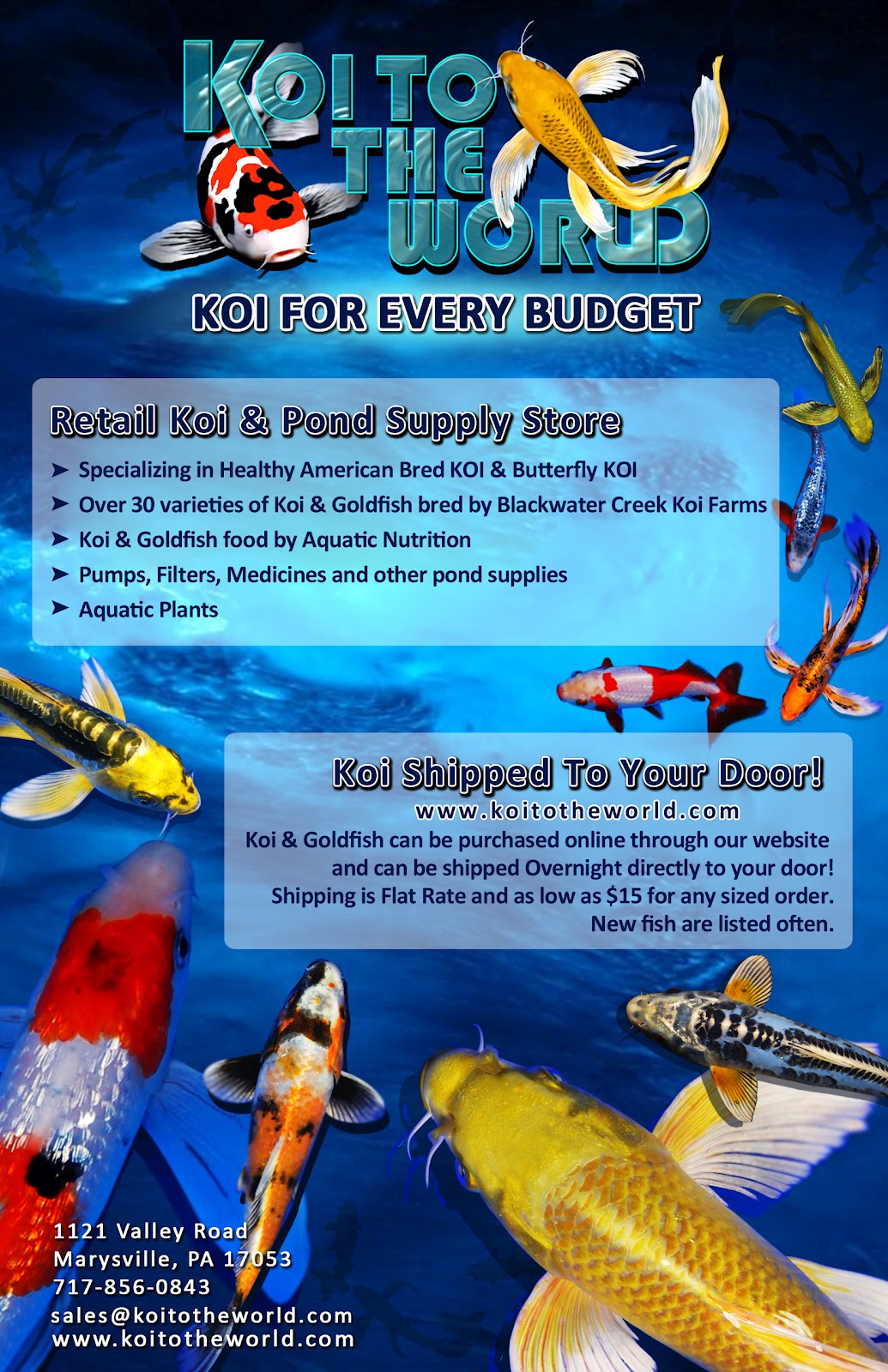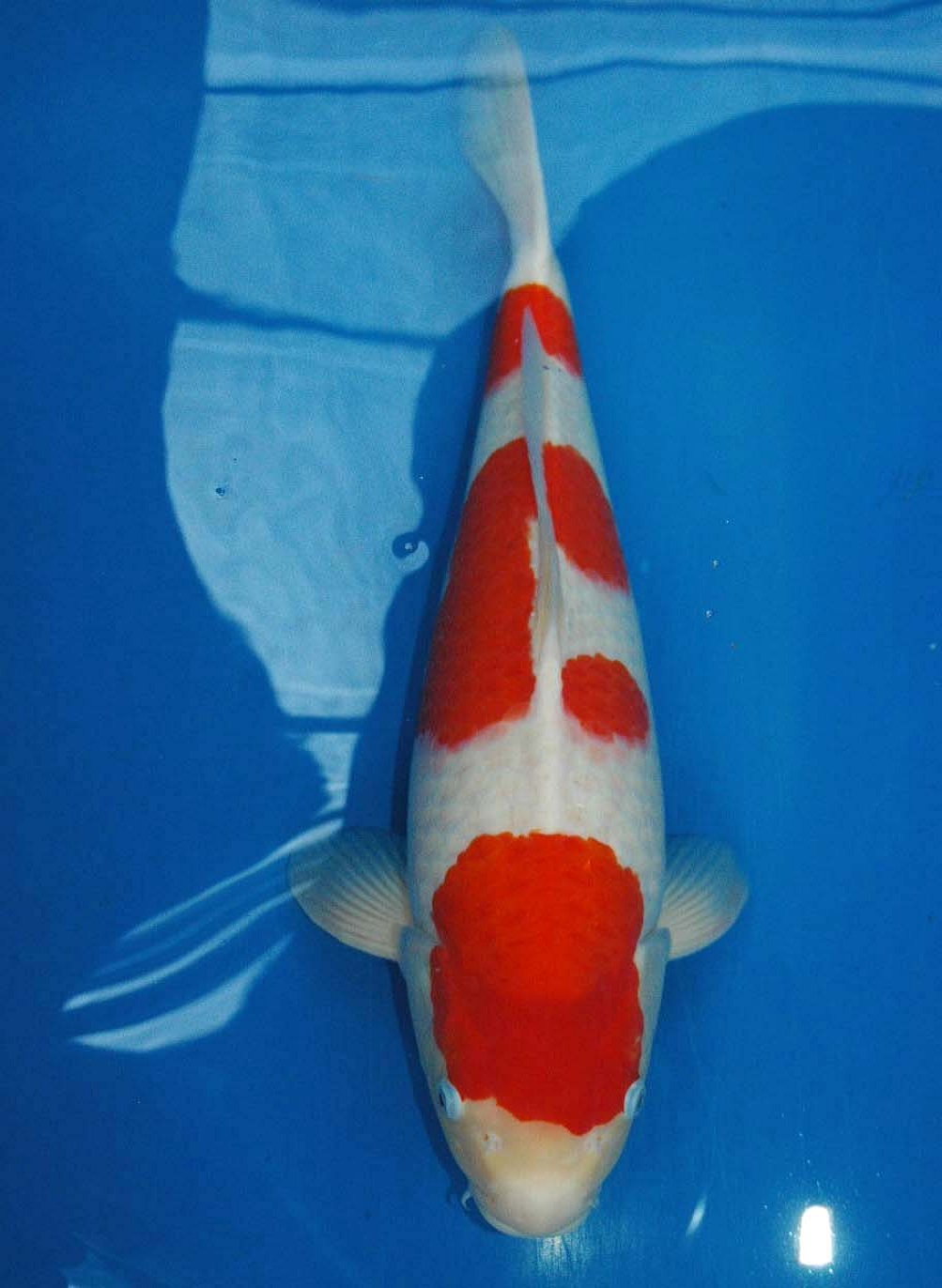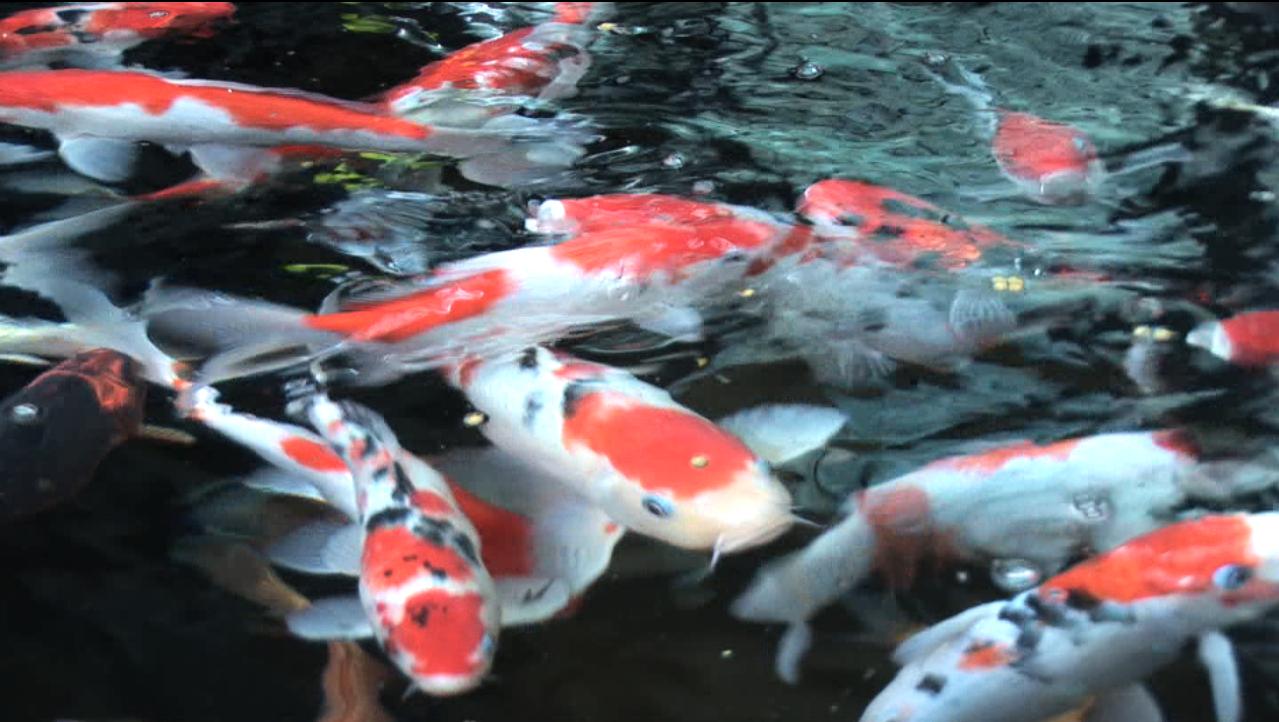The Comprehensive Guide to Building a Self-Sustaining Koi Pond
Introduction
Koi ponds are a beautiful addition to any garden or backyard, but maintaining them can be a challenging task. Fortunately, there is a solution: self-sustaining koi ponds. A self-sustaining koi pond can save you time and money, as well as provide you with an attractive and natural habitat for your fish. In this guide, we will discuss the benefits of a self-sustaining koi pond, how to build one, and how to maintain it for optimal performance.
Benefits of a Self-Sustaining Koi Pond
A self-sustaining koi pond can bring a multitude of benefits to both you and your fish. Here are some of the benefits of building a self-sustaining koi pond:
- Reduced maintenance: A self-sustaining koi pond requires much less maintenance than a traditional pond. It can reduce the amount of time and effort needed to keep your pond clean and healthy.
- Healthy fish: A self-sustaining koi pond creates a more natural and stable environment for your fish. With proper design and maintenance, you can provide your fish with a habitat that meets their needs and helps them thrive.
- Eco-friendly: A self-sustaining koi pond can be designed to be environmentally friendly by using natural filtration systems and reducing the need for chemicals.
- Lower costs: A self-sustaining koi pond can be a cost-effective solution in the long run. With reduced maintenance needs and lower energy consumption, you can save money on pond upkeep.
Designing a Self-Sustaining Koi Pond
Designing a self-sustaining koi pond requires careful consideration of several factors, including location, size, shape, depth, and materials. Here are some tips for designing a self-sustaining koi pond:
Location
Choose a location that receives at least 6 hours of sunlight per day and is away from trees and shrubs. Trees can drop leaves and debris into your pond, while shrubs can crowd out your koi and obstruct the view of your pond.
Size and Shape
The size and shape of your pond should be proportional to your yard and the number of fish you plan to keep. Koi need at least 500 gallons of water per fish, so plan accordingly. An elongated or oval-shaped pond will create a more natural-looking habitat for your fish.
Depth
The depth of your pond should be at least 3 feet to provide your koi with enough space to swim and hide. A deeper pond can also help regulate the water temperature and prevent algae growth.
Materials
Choose high-quality materials for your pond construction, such as flexible or preformed liners, concrete, or natural stones. Avoid using treated wood or metal, as they can release harmful chemicals into the water.
Self-Sustaining Filtration Systems
A self-sustaining koi pond relies on natural filtration systems to keep the water clean and healthy. There are several types of natural filtration systems, including:
A Biological Filter
A biological filter consists of a tank filled with porous media, such as lava rock or bio-balls, and a pump that circulates the water through the media. The media provides a surface area for beneficial bacteria to grow and break down harmful pollutants, such as ammonia and nitrite.
A Wetland Filter
A wetland filter uses aquatic plants to naturally filter the water. The plants absorb excess nutrients and oxygenate the water, while the roots provide a habitat for beneficial bacteria. A wetland filter can also create a more natural-looking environment for your koi.
A Skimmer Filter
A skimmer filter is located near the surface of the water and collects debris, such as leaves and twigs, before they can sink to the bottom of the pond. The skimmer filter is connected to a pump and a biological filter to provide complete filtration of the water.
Water Management
Water management is a crucial component of a self-sustaining koi pond. Here are some tips for managing your pond water:
Water Changes
Perform regular water changes to prevent the buildup of harmful pollutants and maintain healthy water quality. A general guideline for water changes is to change 10% of your pond water per week, but the frequency and amount may vary depending on your pond size and fish number.
Water Testing
Test your pond water regularly to ensure that it has the right balance of pH, ammonia, nitrite, and nitrate. There are many test kits available on the market that can help you monitor your water quality. If you detect any abnormalities, take action immediately to correct the problem.
Algae Control
Algae growth is a common problem in koi ponds. To control algae growth, balance the nutrients in your pond water, avoid overfeeding your fish, and provide enough shade to limit sunlight exposure. You can also use natural products, such as barley straw or beneficial bacteria, to help control algae growth.
Conclusion
A self-sustaining koi pond can be a beautiful and functional addition to your garden or backyard. By following these guidelines, you can design, build, and maintain a self-sustaining koi pond that provides a natural habitat for your fish and requires minimal upkeep. Remember to enjoy the process and the beauty of your koi pond!







